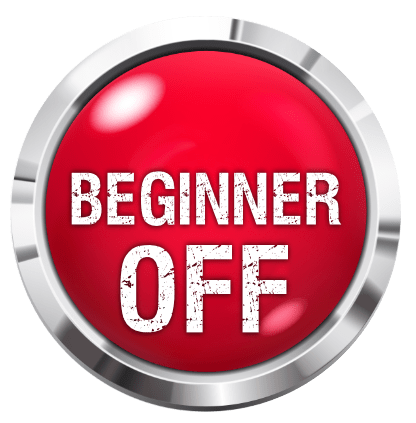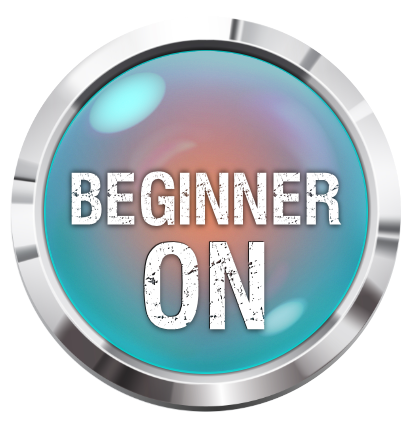IK Multimedia Amplitube Fender
Contents |
General Information
Original Author: Staffay
Weapon: Computer Guitar Amp Simulator
Make: IK Multimedia
Model: Amplitube Fender 1.0
Price: $229.99 / €169.99
Introduction
IK Multimedia's range of guitar amp simulators, has extended to a co-operation with Fender to produce a computer version of their legendary amps. IK Multimedia claims that the Fender Sound engineers actually were on location while their programmers were working on the emulators, a matter that seems to be true. In my article about IK Multimedia Amplitube 2.1, I criticized IK Multimedia for having a messy product range, which makes it hard for the customer to decide what modules etc. to get. This is still true, since this version of the Fender Amps doesn't work for Live usage without X-Gear (which is included), but another drawback is also that no other effects (except for Fenders own) are included in the software. E.g - You must use other effects in the DAW, or go for what's in the software, alternatively buy Amplitube 2.1 to get it all together.
Product Description
The interface of this product is very similar to that found in Amplitube 2.1, and is very good. Fans of vintage amps (like myself) will drool of the nice looking amps and cabinets, and everything is good working and has a logical approach. The installation is very simple, and no issues happened during this.
The application works both as standalone and in plug-in mode (VST & RTAS), as well as a part in X-Gear for live usage. The approach of modelling the amps has been to model each part separately - e.g the preamp, power amp, EQ-section etc. IK Multimedia has also developed a new technique called VRM (Volumetric Response Modeling), for emulating the rotary speakers in a Vibratone. As I stated in the main article about computerized amp simulators, manufacturers just love to put cryptic names on simple technologies, and this is no exception.
As I very much described the user interface in the former article about Amplitube 2.1, I will not dive any deeper into it here, since it's actually pretty much the same piece of software built on emulating Fender amps instead.
In Use/Sound
The software comes with a lot of good presets, which can be further fine-tuned to suit the guitar/Your needs. As its bigger brother Amplitube 2.1, it also has 2 signal chains, which lets You actually run two amps/speakers/microphones at the same time to fatten up the sound even more. All the amps controls respond good, and as its role models, they are beginning to "crank-up" when You are using the volume knob. It's hard to compare them with the originals, since I don't have the originals on location. (my wallet and my lack of success in the music business prohibits me from that)
But the fact is that these amps are responding REALLY good and have up til now the best tonal quality of the software amps I have tested. (though more is to come) A favourite is especially the Bassman LTD, that gives the kind of "bassy" compression, often heard in vintage amps. None of the amps are directly suited for modern styles, even though the clean sound is useful for any player. (except for the super-sonic) The only drawback here, is that it is even more processor-intensive than Amplitube 2.1 (at least at my computer), which may cause some problems for users with small computers. Otherwise it sounds very good, though for an old player like myself, it will never replace a real amp.
Overall Impression
This is the most serious product I've seen so far, and it is made with an intention to really simulate a real amp. Fender's presence in the project is highly noticeable, since I believe it's more pretentious than Amplitube version 2.1. (even though this is also a good product) The effects sound OK, but not more - on the other hand Fender has never been famous for making these either. To obtain a real good sound, other effects are recommended in the DAW/for live usage. Again, I find the software a little pricey, but on the other hand, the originals will cost a fortune, and this might as well be the closest You can get as for now in the field of computer simulation.
Sound/Video samples
Alternative Weapon
Instead of recommending alternative weapons here, I decided to move this section to the master page for Computer Guitar Amp Simulators.
Specifications
Amplifiers:
'59 Bassman® LTD
'65 Twin Reverb®
'57 Deluxe™
'65 Deluxe Reverb®
'64 Vibroverb™ Custom
Vibro-King® Custom
Champion™ 600
Super-Sonic™
MH-500 Metalhead™
Pro Junior™
Bassman® 300
TBP-1 Bass Preamp
Cabinets:
'59 Bassman® 4x10” Open Back
'65 Twin Reverb® 2x12” Open Back
'57 Deluxe™ 1x12” Open Back
'65 Deluxe Reverb® 1x12” Open Back
'64 Vibroverb™ 1x15” Open Back
Super-Sonic™ 1x12” Open Back
Vibro-King® 3x10” Open Back
Pro Junior™ 1x10” Open Back
Champion™ 600 1x6” Open Back
MH-412SL 4x12” Closed Back
Vibratone 1x10” Rotary Speaker
810 PRO 8x10” Front Ported
Stomp Effects:
Fender® Compressor
Fender® Blender™
Fender® Phaser
Fender® Fuzz Wah
Fender® Tremolo
Fender® '63 Reverb
Fender® Tape Echo
Fender® Wah
Fender® Volume
Rack Effects
Fender® Pitch Shift
Fender® Tape Echo
Fender® Sine Flange
Fender® Triangle Chorus
Fender® Wah
Fender® Compressor
Fender® '63 Reverb
Microphones:
Groove Tubes® VELO-8
Groove Tubes® MD1b-FET
Condenser 87
Condenser 84
Condenser 414
Dynamic 57
Dynamic 421
Dynamic 441
Ribbon 160
Digital Tuner
System Requirements
Power PC based Macintosh®
Minimal: dual 1 GHz G4 processor, 1GB of RAM, Mac OS X 10.4 or later.
Suggested: dual 2 GHz G5 processor, 2 GB of RAM, Mac OS X 10.4 or later.
Supported Plug-in formats: AU, VST, RTAS.
Intel based Macintosh®
Minimal: 1.5 GHz Intel processor, 1 GB of RAM, Mac OS X 10.4.4 or later.
Suggested: 2.3 GHz Intel Core Duo processor, 2 GB of RAM, Mac OS X 10.4.4 or later.
Supported Plug-in formats: AU, VST, RTAS.
Windows®
Minimal: Pentium 4 / Athlon XP processor, 1 GB of RAM, Windows XP / Vista or later.
Suggested: 2.33 GHz Intel Core Duo processor, 2 GB of RAM, Windows XP / Vista or later.
Supported Plug-in formats: VST, RTAS
.








